Muscle soreness might not be the most enjoyable thing to experience, but it usually means you’re doing something right. That soreness means that you’re stressing portions of your muscles that haven’t been stressed before (or recently), and you’re switching things up to create muscle confusion. Unlike mental confusion, muscle confusion is good! It means that you’re making progress.
You don’t have to get sore every time you work out. But if you never get sore, it means you’re stuck on a plateau. And when it comes to exercise, a plateau is not someplace you want to be.
What Do Sore Muscles Mean?
Sore muscles mean that your body is getting used to a new movement. Maybe you started working out a section that you’ve never touched before, or you’ve been trying out a different variation of an old standby (think wider/narrower push-ups or changing up the speed and height of your legs during bicycle kicks).
A lot of people ask if sore muscles are a good sign. The answer is yes, usually (unless you’re overdoing it). But the thing about workouts is that you don’t have to be sore for it to be good. Soreness isn’t a bad thing, but it’s also not necessary for everyone. Just because you’re not sore doesn’t mean you didn’t put in the work! It really just depends on your goals. You may just want to workout to keep a baseline level of fitness. But if you’re trying to improve your competitive abilities, sore muscles are your friend.
What Causes Sore Muscles?
As long as you keep your workouts in moderation and don’t go too hard all at once, it’s a good sign when your body is sore. Soreness means growth - literally!
The soreness is physically caused by the fibers in your muscles breaking down. It sounds detrimental, but it’s not. Because when they grow back, they grow back larger and stronger than before.
Sore muscles can also be caused by heightening the intensity of your workout, or doing the same type of workout day in and day out without giving that set of muscles a break.

How To Ease Sore Muscles
When your muscles get sore, that’s your body telling you that it needs something from you. Protekt’s Nick Norris points out that this bodily communication is important. Don’t ignore it.
“Feeling pain is like an indication that your body wants you to do something to take care of it. Getting sore is a good thing. It shows that you stressed your body in a new way and that you're going to see progress. But the fact that you're feeling that discomfort is your body trying to tell you that it needs you to take care of it.”
The worst thing you can do for sore muscles is to not move. Although it might seem counterintuitive to flex what’s hurting, it’s better for your body in the long run. You’ve got to keep the blood flowing - it will ease that pain and help the next workout come a little easier.
It’s also so important to take care of your body while it’s recovering. Protekt co-founder Tim Duba tells us how:
“Even if you’re not getting out and moving, you can stretch, and use ice and heat. All that stuff can help with recovery. Then, of course, you can take things like our BCAAs and our Rest supplement. Getting good deep sleep, being properly hydrated, all of that will take the sting out of recovery. Even if you're sitting on your ass, taking care of yourself and treating the soreness is important, whether that's with contrast therapy, ice and heat, stretching or just plain old conscious hydrating and getting really good rest.”
If you’re still sore after your day of recovery, it’s a good idea to switch up the muscles you’re working the next time you train. How to create a fitness plan depends heavily on being intuitive with your body. Doing activities that counter one another helps you get a workout in while the tired muscles continue to recuperate.
The more workouts you do, the more in-tune with your body you’ll be.
*These statements have not been evaluated by the FDA. Protekt products are not intended to diagnose, treat, cure, or prevent any disease.
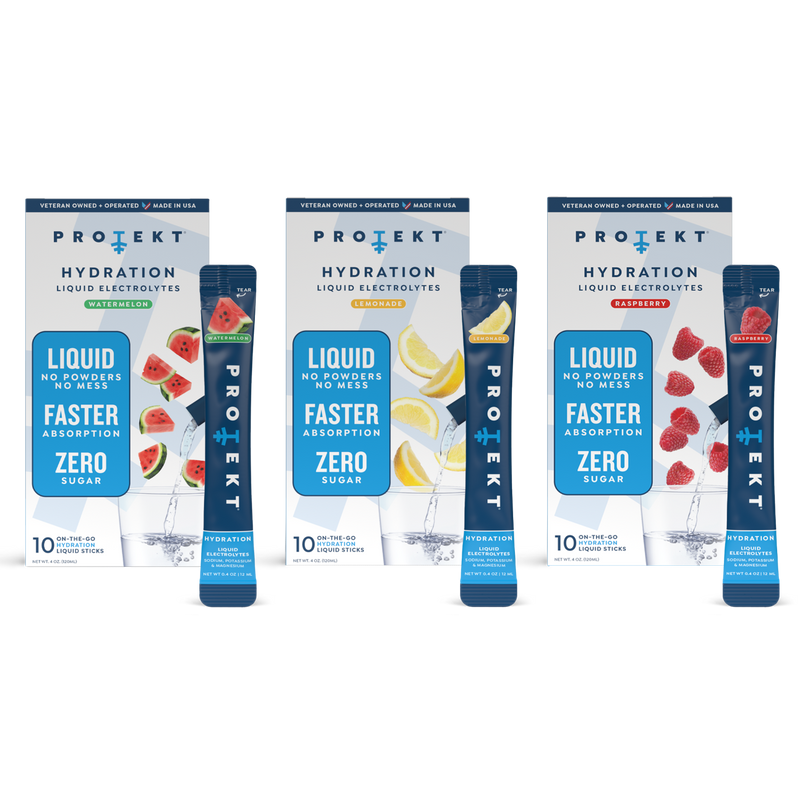
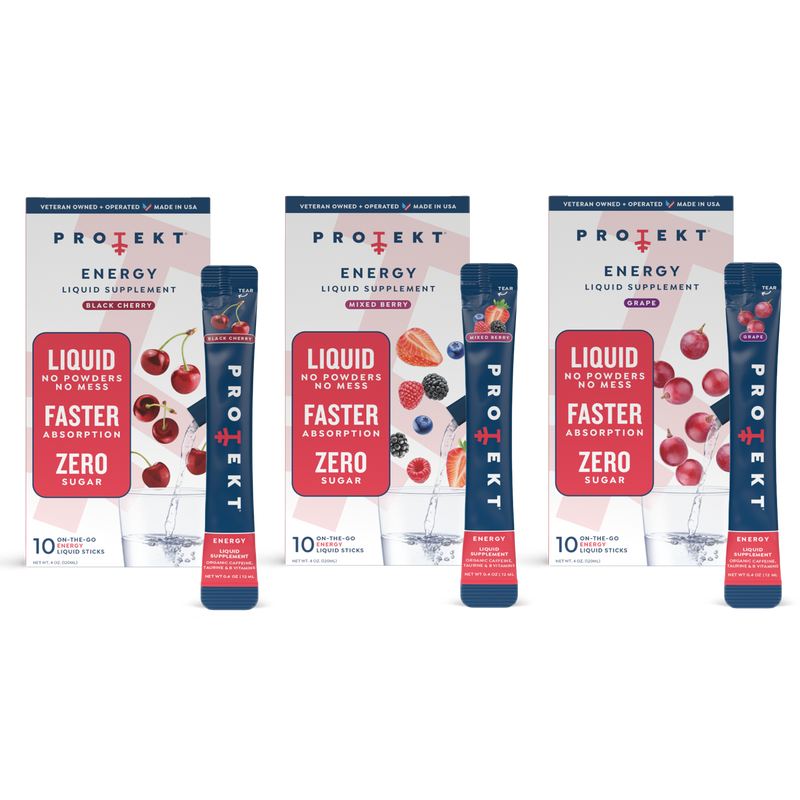
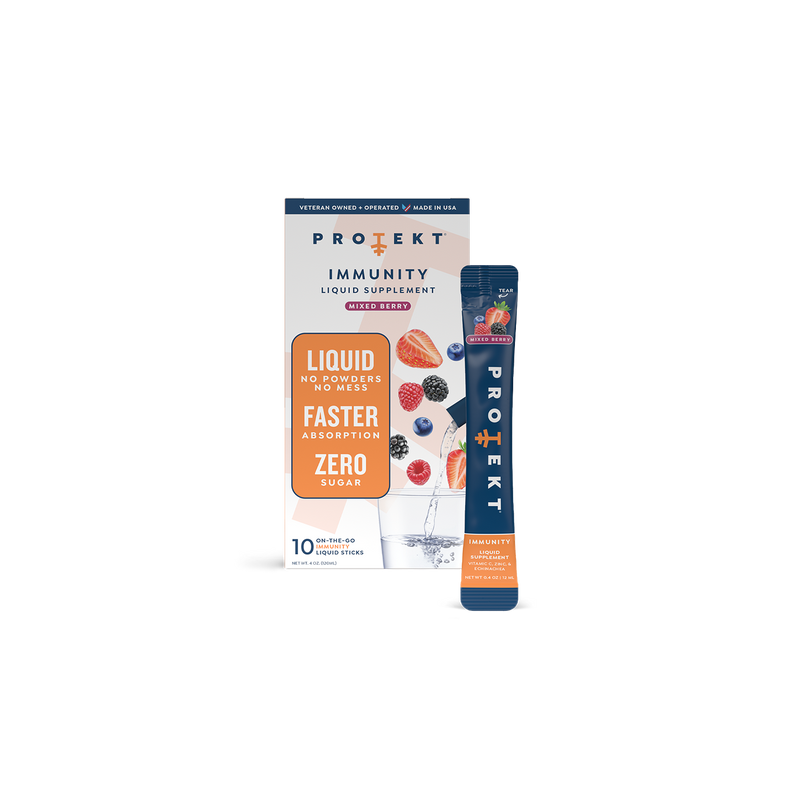
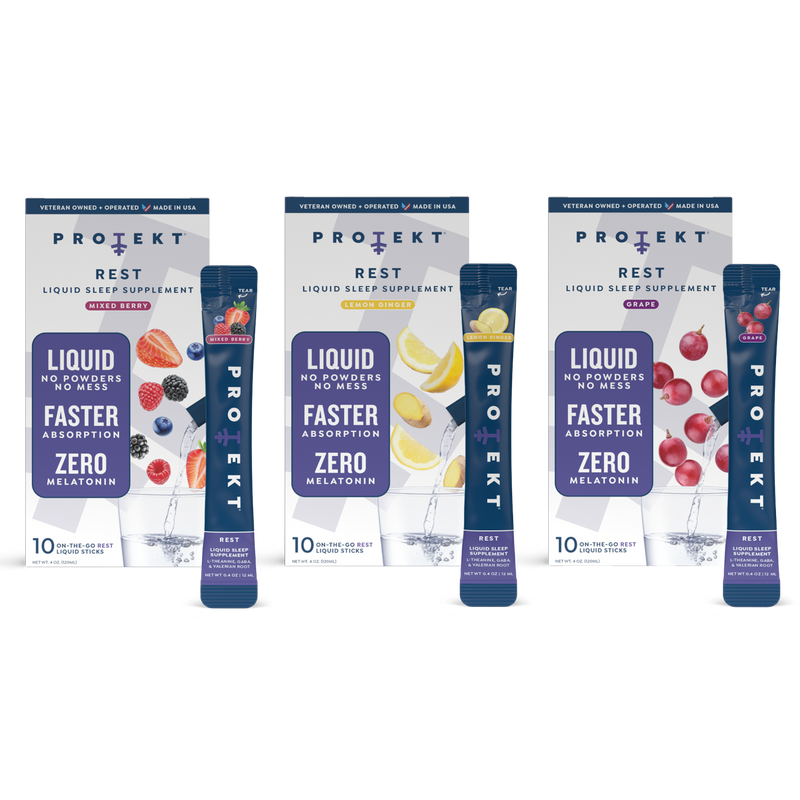



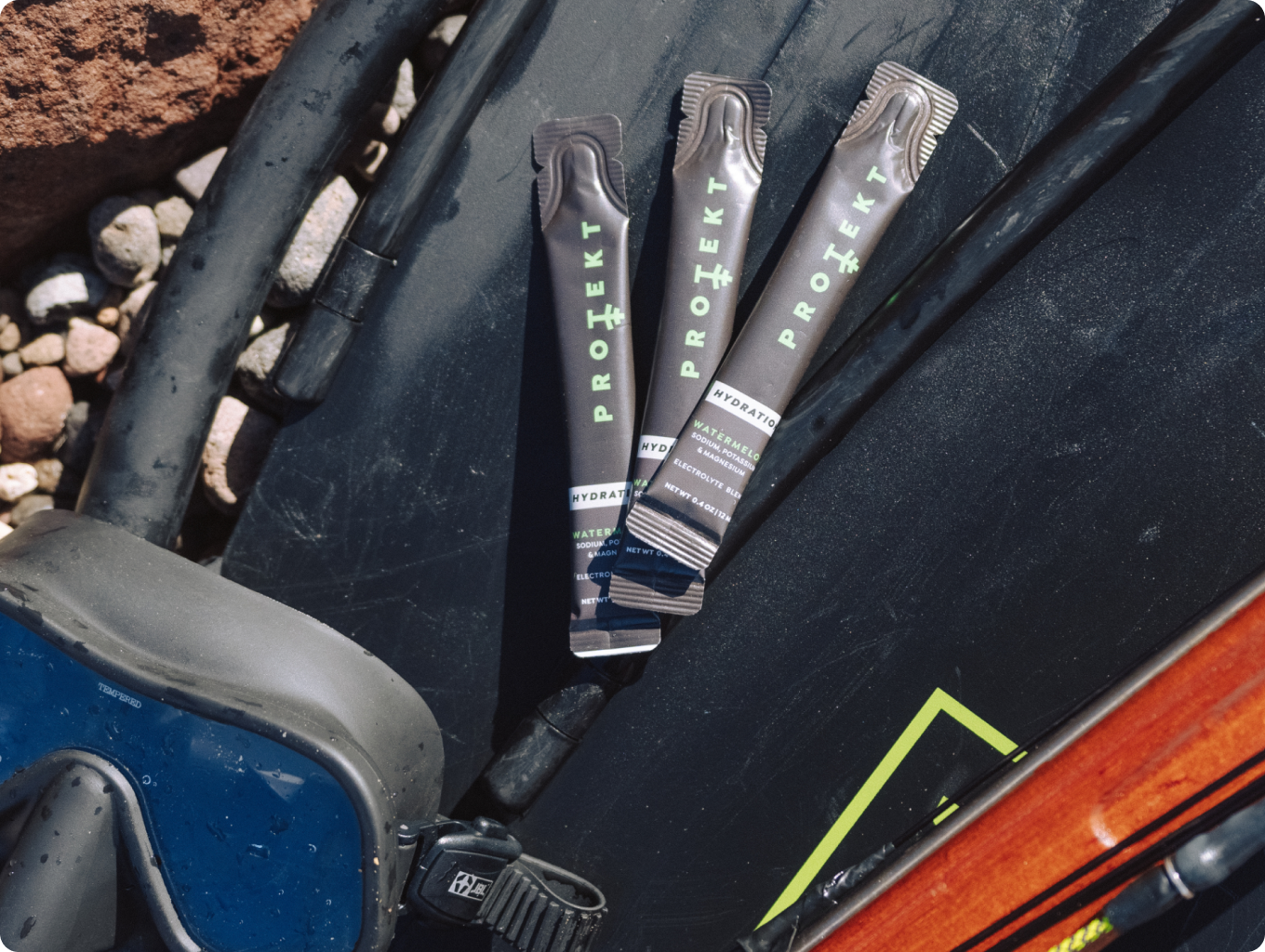
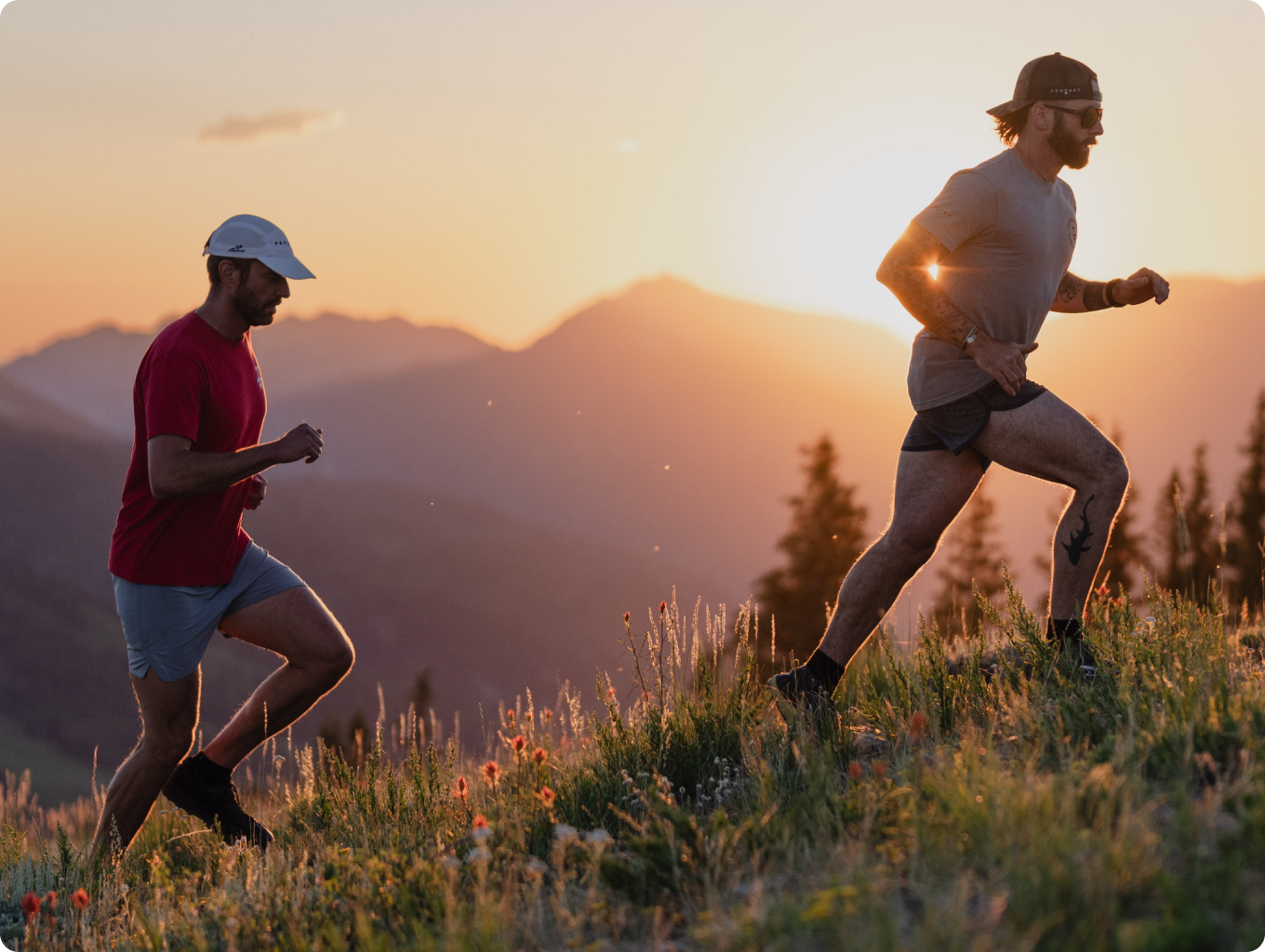





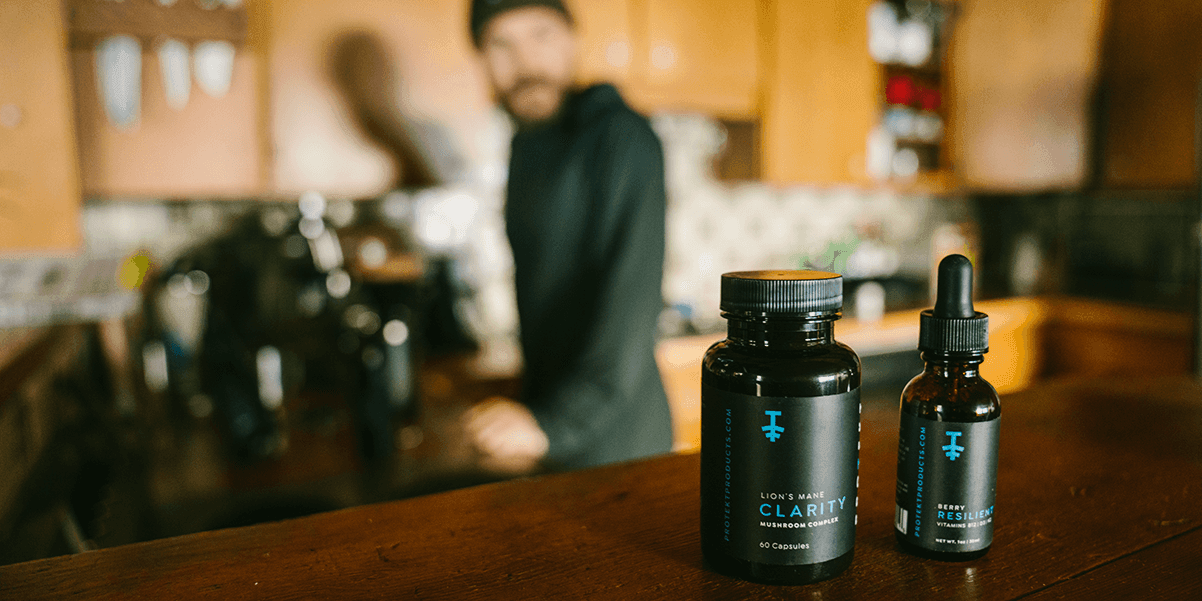
Leave a comment
All comments are moderated before being published.
This site is protected by hCaptcha and the hCaptcha Privacy Policy and Terms of Service apply.